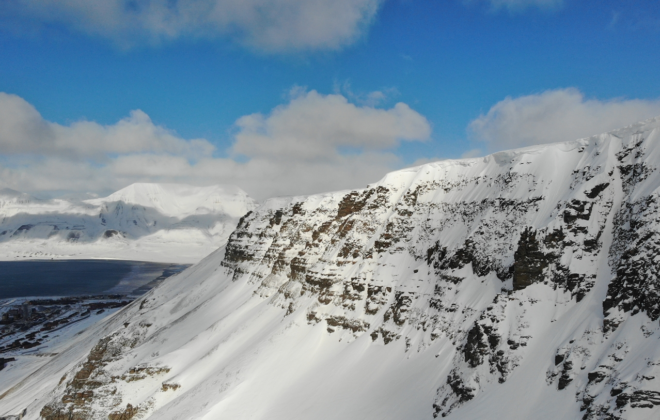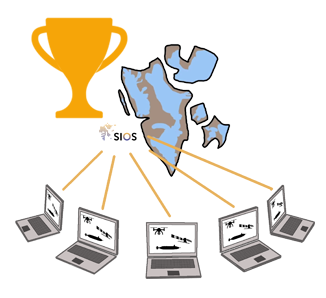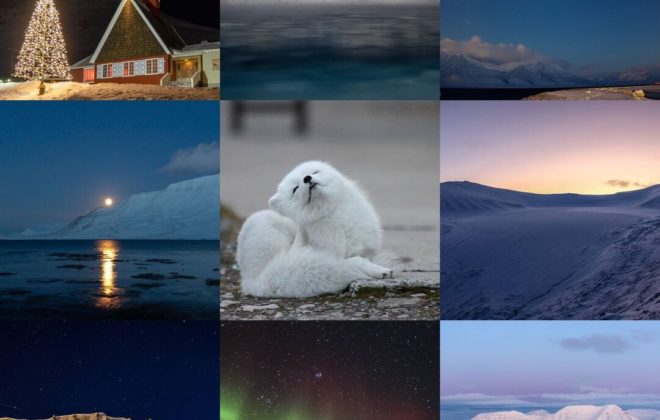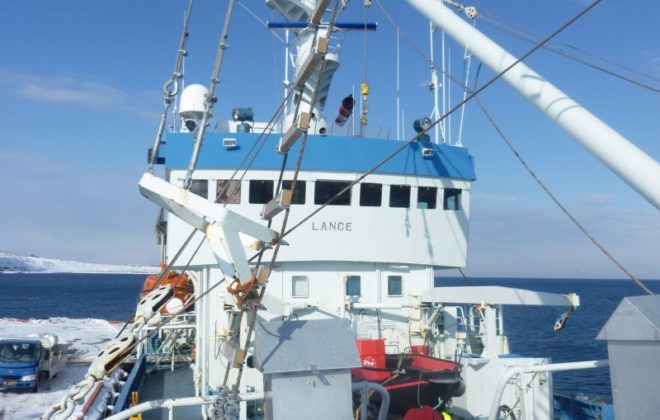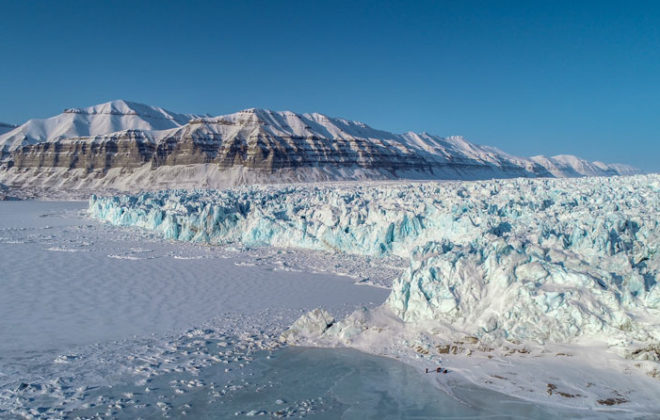Monitoring the snow cornices for avalanche risks
Recently, I joined a team of researchers to fly drones to inspect the snow cornices on Gruvefjellet – a mountainside in Longyearbyen, Svalbard. Their work helps to understand and assess the risks of cornice-triggered avalanches in Longyearbyen. Snow cornices are overhanging snow structures that form…
A new perspective on reindeer counting in Svalbard
This summer a group of scientists from the University Centre in Svalbard and the Norwegian Polar Institute pioneered a new method to count reindeer in Svalbard using drone technology. Their goal was to count reindeer in Sassendalen using aerial imagery that was obtained from an…
SIOS Early Career Researcher Award
Last week, I participated in the SIOS Online Conference 2021 with an abstract titled “Scientific Applications of Unmanned Vehicles in Svalbard”. My presentation was based on the SESS Report chapter that I wrote for SIOS last year. Today, I was notified that I received the…
Impressions 2019
With the new decade* starting, it’s a good opportunity to look back at the last year. 2019 was a very interesting year, with lots of travels, good research, new collaborations, and good photography opportunities. My favorite experience was certainly the time that I’ve spend up…
How Atmospheric “Vacuum Cleaners” Work for Science
Persistent organic pollutants (POPs) are a type of human-made toxic chemicals that can be found all over the world. POPs can travel large distances in short time periods in the atmosphere. One of the scientific tools to measure the amount of POPs in the air…
Drones Help Reveal the Secrets of Glacier Crevasses
Many of the glaciers on Svalbard are heavily crevassed. A multidisciplinary research group is now using drones to create high-resolution maps of glacier surfaces to study how crevasses influence the rate of heat exchange with the atmosphere. A glacier is a large mass of snow…
